Tracking the World’s Most Shocking and Scandalous Natural Diamond Stories
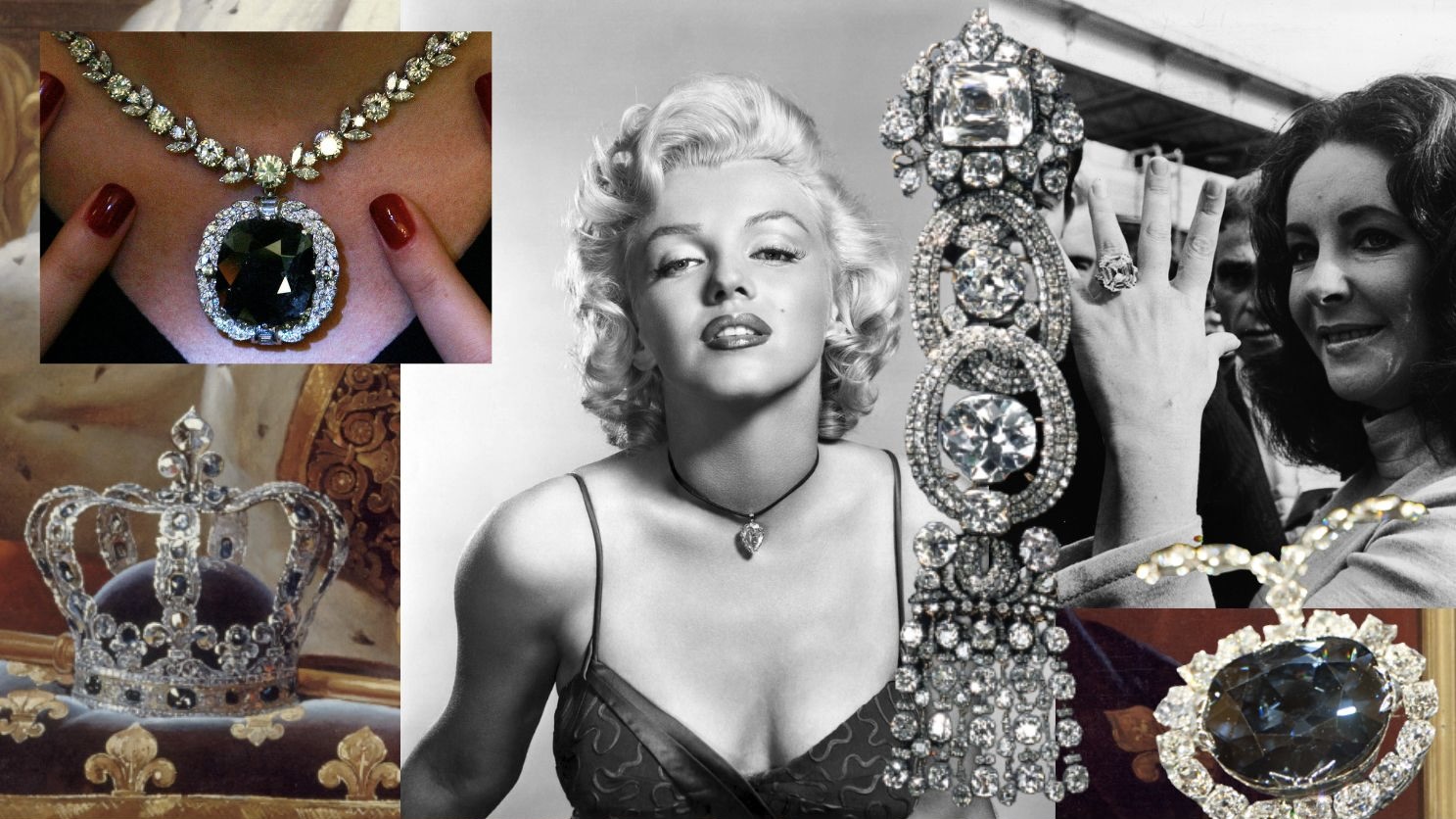
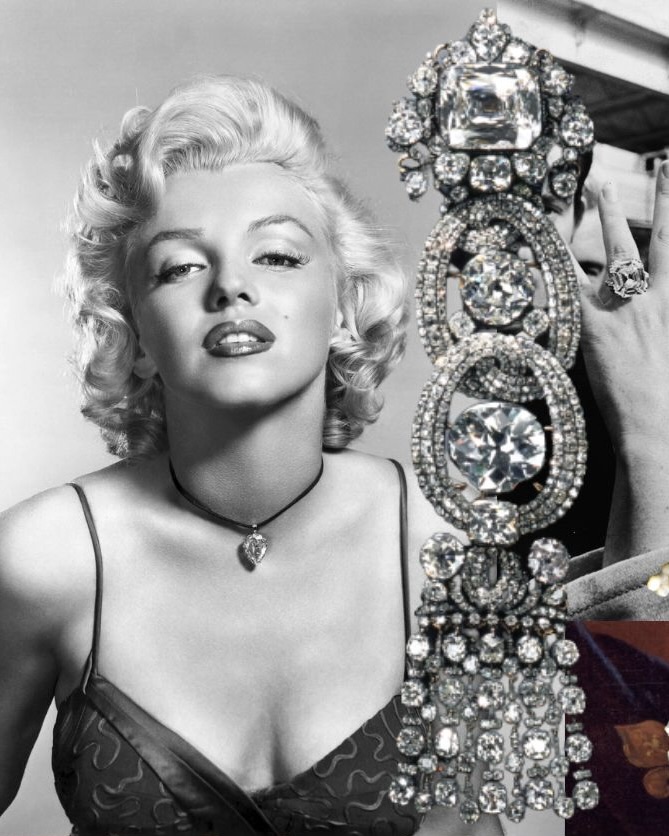
Ancient Romans believed natural diamonds were splinters from fallen stars or tears from the gods, and early Europeans thought they protected men in battle and warded off the plague. Imbued with magic and mystery, it’s no wonder that man has been chasing down these inherently sparkling stones for centuries.
The world’s most rare and exceptional diamonds are as legendary for their beauty as for their enthralling history. After hundreds of years, we are still talking about these eight epic stones—and the trail of intrigue, chaos and mystery that they left behind. These magnificent natural diamonds have been coveted, mysteriously disappeared and reappeared, fought over in court and even swallowed to save from thieves. Because what else packs this much power, prestige and wealth in something so small and portable?
From an FBI Chase to Red Carpet Royalty:
The Elizabeth Taylor Diamond
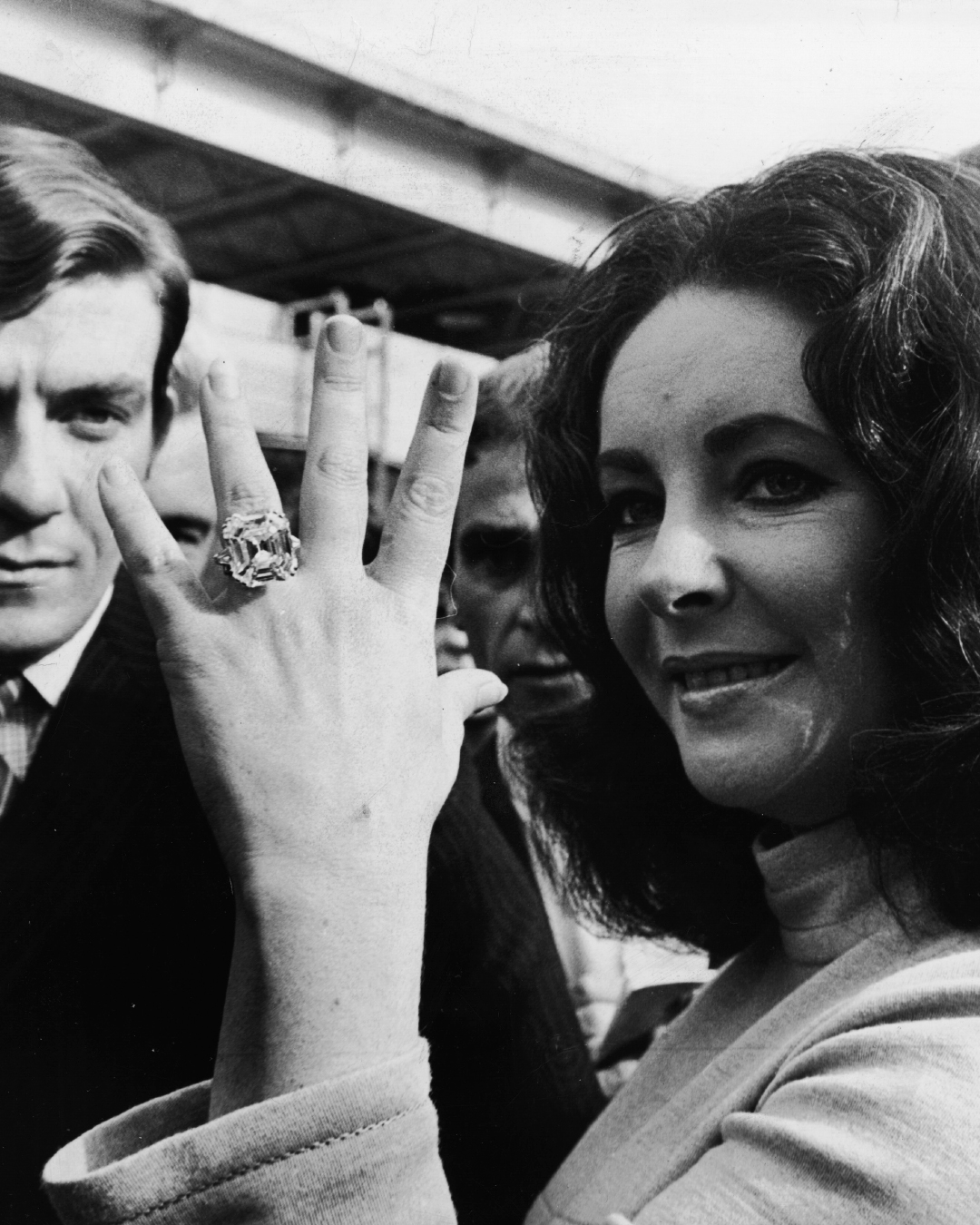
When thieves forced their way into German actress Vera Krupp’s ranch outside Las Vegas in 1959, they knew what they were looking for when they ripped the diamond ring off her finger. Then they tied her up with a lamp’s cord and fled with the diamond and $700,000 in cash (an unusual amount of petty cash, but that’s another story). It wasn’t just any diamond: They absconded with a rare 33.19 carat D color, type IIa Asscher cut blue-white diamond.
The thieves led the FBI on a six-week chase across the country through New Mexico, Texas, Missouri, Illinois and Florida before ending in Newark, New Jersey, where they were tipped off that a grocer was trying to sell a large diamond. The assailants were caught, brought to trial, and the diamond returned to Krupp. After she died in 1967, the Krupp Diamond was sold for the then-record auction price of $307,000 to Richard Burton, who bought it as a surprise for his jewelry-loving wife, Elizabeth Taylor.
The diamond ring was among Taylor’s most treasured pieces, and after she died in 2011 it was sold by Christie’s, who christened it the Elizabeth Taylor Diamond, for $8.8 million.
Beware of Sea-Faring Ships:
The Moon of Baroda

Marilyn Monroe famously wore the yellow 24 carat Moon of Baroda diamond on a simple black cord choker while singing ‘Diamonds are a Girl’s Best Friend’ to promote the release of her film Gentlemen Prefer Blondes in 1953. But after the movie was released, her career wavered. Was it because of the so-called cursed diamond?
For centuries people have shared a rumor, saying “If the gem ever crosses a sea or ocean, it will bring bad luck to its owner.” And many say that the diamond’s history proves the curse to be true. Discovered in India’s Golconda mines near the city of Hyderabad between the 15th and 17th centuries, the diamond was owned by the Gaekwads of Baroda, an Indian dynasty of Maharajas who ruled much of the western part of the country.
After it crossed the ocean during the 18th century and was given to Empress Marie Thérèse of Austria, she died at age 63. And the life of her daughter, Marie Antoinette, didn’t end well either. The diamond was later returned to the Gaekwads, who mounted it in a pendant, where it remained for decades. In 1953, the stone ended up in the hands of Meyer Rosenbaum of Meyer Jewelry Company in Detroit, who had the brilliant idea to get Marilyn Monroe to wear it to promote the diamond-heavy film. But it is an idea that Marilyn may have regretted.
In 1990, Christie’s sold the stone for $297,000—nearly tripling its low estimate, and in 2018 it was sold again by Christie’s in Hong Kong for $1.3 million. Let’s hope the present owners don’t cross any oceans with it.
The Legendary Curse of
the Hope Diamond
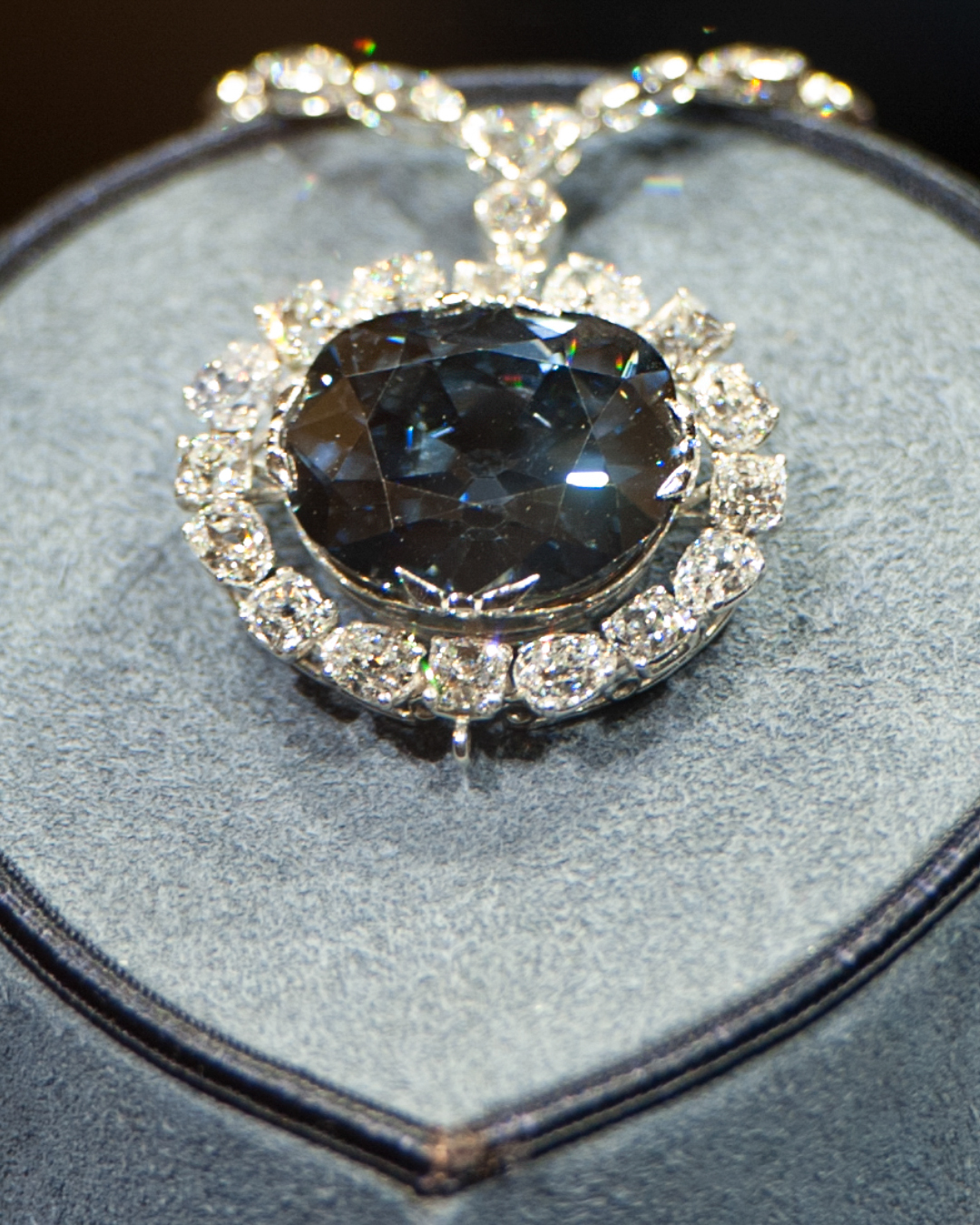
When Harry Winston donated the priceless Hope Diamond to the Smithsonian in Washington D.C. in 1958, he mailed it via the United States Postal Service for $2.44. Was he trying to quickly rid himself of the cursed stone or just being thrifty?
One of the world’s most famous diamonds, the exceptionally rare 45.52 carat blue diamond, is also known as a notoriously cursed stone. Even if you’re not superstitious, the Hope’s history will make you think twice. It was doomed from the start: Legend goes that it was stolen from a statue of the Hindu goddess Sita and would bring misfortune to all who owned it. The stone’s history can be traced back to 1666 when it was purchased by Jean-Baptiste Tavernier, who sold it to King Louis XIV, and it remained part of the French Crown Jewels until the French Revolution in 1792. During the turmoil, the stone went missing (and we know the fate of the King and Queen and their cohorts). The blue diamond was later recut and under a new identity passed through the hands of a succession of wealthy and noble owners, including the London banker Henry T. Hope, where it gets its name.
Over the decades it left a trail of sadness in its wake ending with Evalyn Walsh McLean, the socialite who purchased the stone in 1911, whose husband died in a mental institution, her son was killed in a car accident and her daughter overdosed on sleeping pills. After Mrs. McLean’s death in 1947, a fearless Harry Winston purchased the stone. Today the diamond is one of the most visited attractions in Washington D.C. as much for its beauty as for its lurid reputation.
Swindled, Swallowed & Sumptuous:
The Sancy Diamond
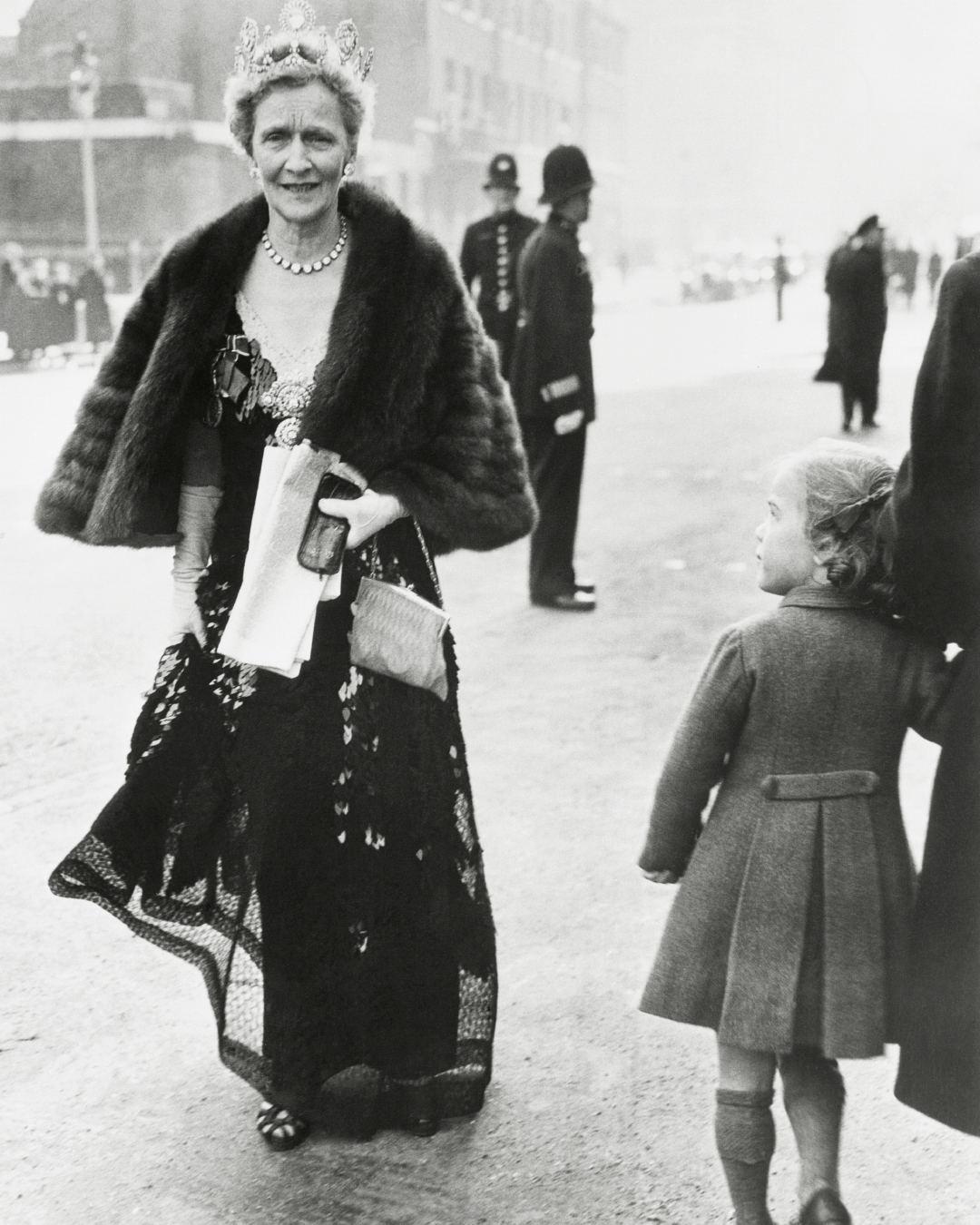
The Sancy, a 55.23 carat pale yellow pear-shaped diamond, dates to Charles the Bold, belonged to countless Kings and Queens, was stolen more than once, and a loyal servant swallowed the diamond rather than forfeit it to thieves. It was later removed from his cadaver. Be it true or exaggerated, the Sancy’s lurid legacy has been passed down and documented for centuries.
After Charles the Bold died in 1495, he left the Sancy to his cousin, King Manuel I of Portugal, who needed the cash and sold it to the diplomat Nicolas de Harly, seigneur de Sancy, for which the stone was named. De Sancy lent the yellow diamond to several monarchs, including King Henry IV, who used the stone as collateral to finance his lavish lifestyle.
After facing his own financial demise de Sancy sold the stone to King James I, and on the journey from France to England, de Sancy’s servant swallowed the diamond but was killed anyway. In this case, loyalty didn’t pay off. The stone ended up back in France as part of the French Crown Jewels, went missing during the French Revolution and reappeared in the hands of a Russian Prince. If only these diamonds could talk! In 1906, William Waldorf Astor bought the diamond as a wedding gift for his wife Lady Astor, who wore it in a tiara. Her heirs sold it to the Louvre Museum where it’s a great source of French pride today.
Tempting Fate: The Black Orlov
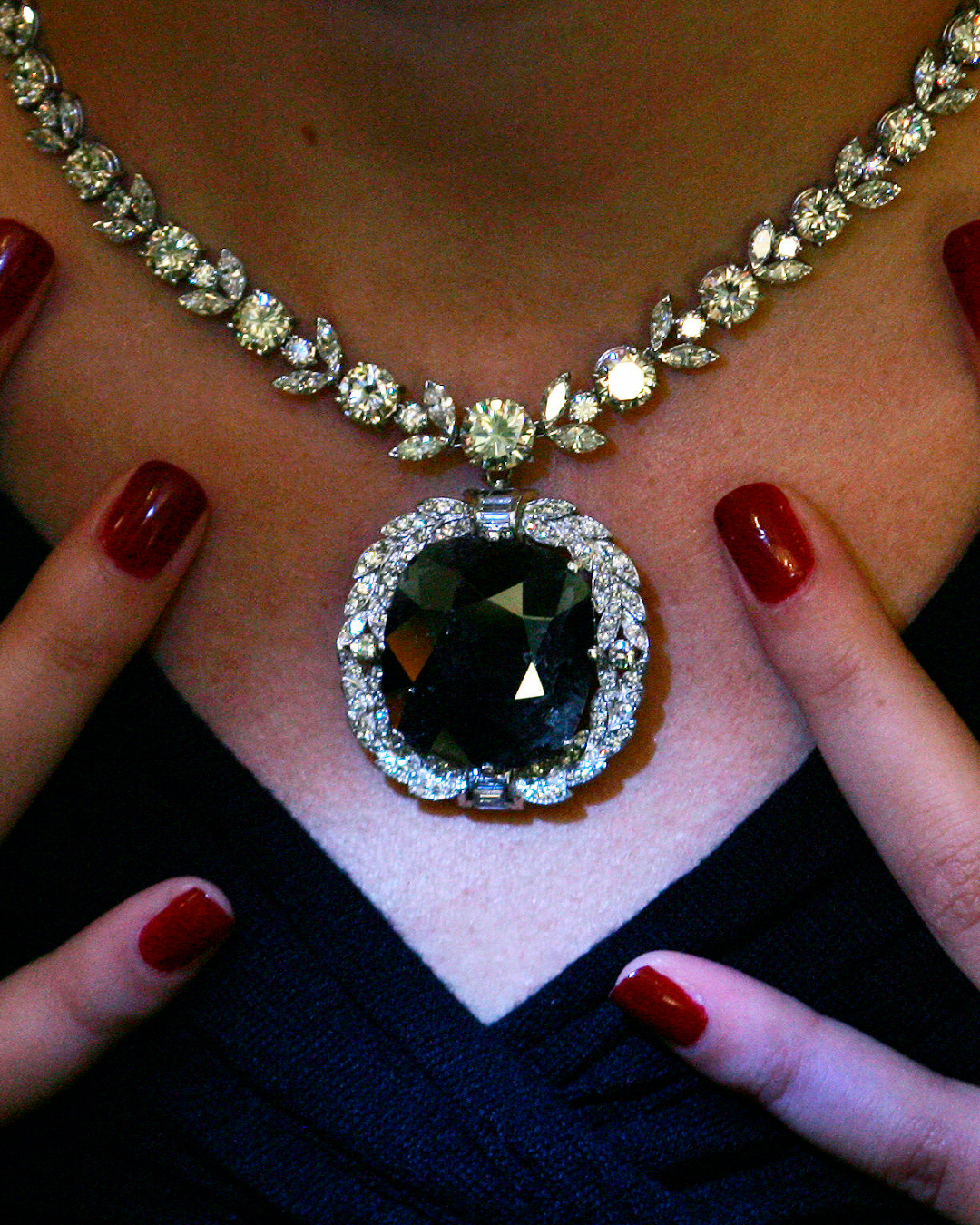
Also known as the Eye of Brahma, legend has it that the striking 67.49-carat black diamond (originally 195 carats) was stolen from a statue of the Hindu god Brahma during the early 19th century by a monk… Don’t mess with Brahma: It is believed that a curse was put upon the stone when it was stolen, and its subsequent owners endured a succession of tragedies. The diamond dealer J.W. Paris, who brought the diamond to the United States, ended up committing suicide by jumping from a Fifth Avenue skyscraper. Years later, Russian princesses Leonila Galitsine-Bariatinsky and Nadia Vygin-Orlov, who once owned the diamond, jumped to their deaths. In an attempt to break the curse, New York gem dealer Charles F. Winson purchased the black diamond in the 1950s and had it recut. It last surfaced at a Christie’s auction in 2006 where it sold for $350,000, a relatively low price for a diamond of this size and rarity; perhaps the curse deterred some buyers.
The World’s Most Lavish Hat Décor:
The Régent Diamond
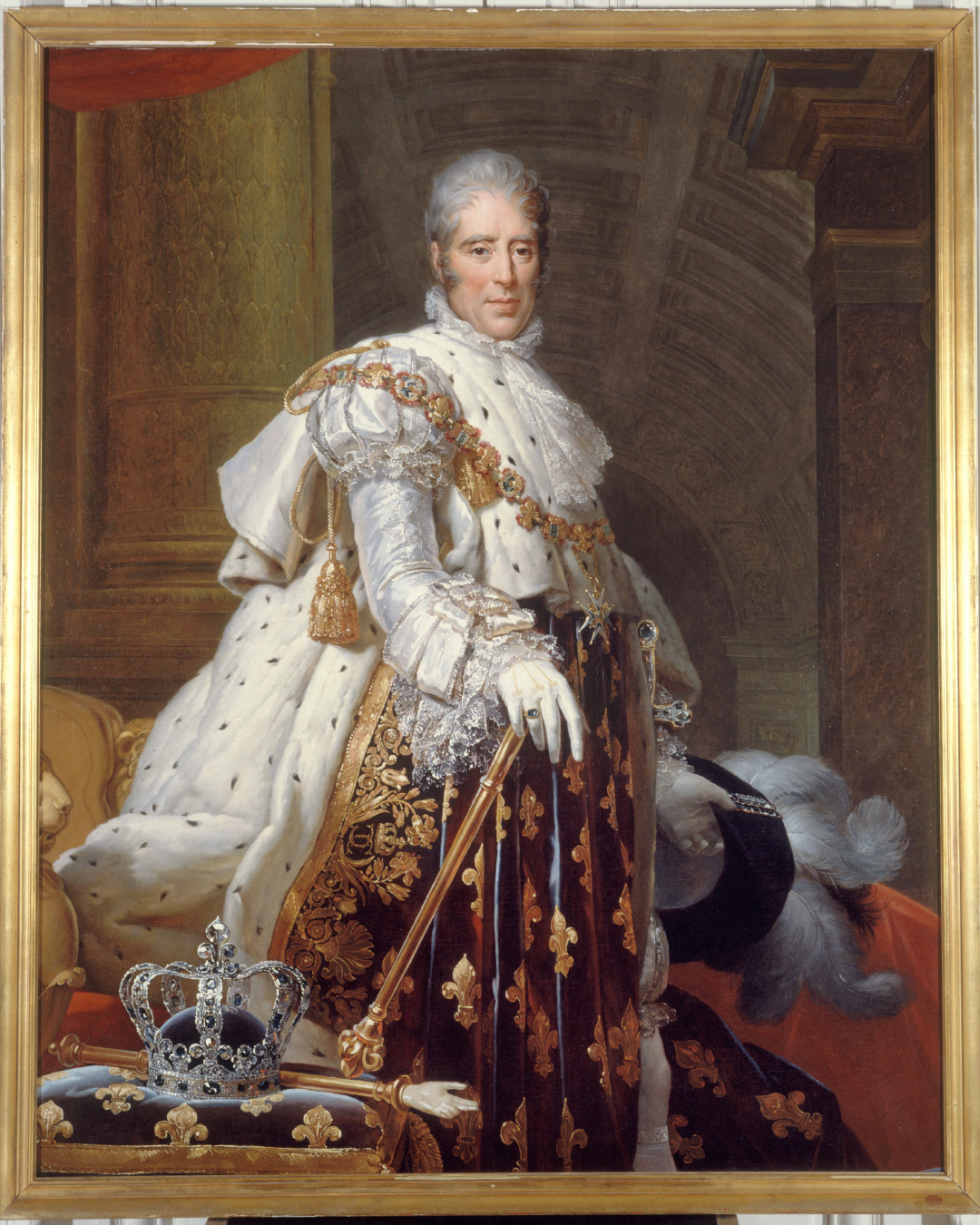
Weighing in at a whopping 141 carats, the legend goes that the Régent diamond was discovered by an enslaved man in India in the 18th century who smuggled it out. The poor slave was eventually murdered for the diamond, and it was sold to the merchant Jamchand, who in turn sold it to Thomas Pitt, the Governor of Fort St. George near Chennai.
The huge diamond was named for the French Regent, Philippe II, the Duke of Orléans, who purchased it in 1717, and it remained in the French Crown Jewels, set on a crown belonging to Louis XVI, and later a hat belonging to Marie Antoinette. In the 1792 siege of the royal palace, it was stolen along with a number of other diamonds and jewels. A year later, it was discovered hidden in the beams of an attic of an old house and returned to Emperor Napoleon Bonaparte. In a show of power and wealth, he set the stone in the guard of his sword. His fate didn’t end well either: After he lost the Battle of Waterloo, he was exiled to an island in the South Atlantic where he died at age 51. Today, the Régent is part of the Louvre Museum’s collection, set in a Greek diadem that was designed for Empress Eugenie.
The Hunt for the Dresden White, Still Today
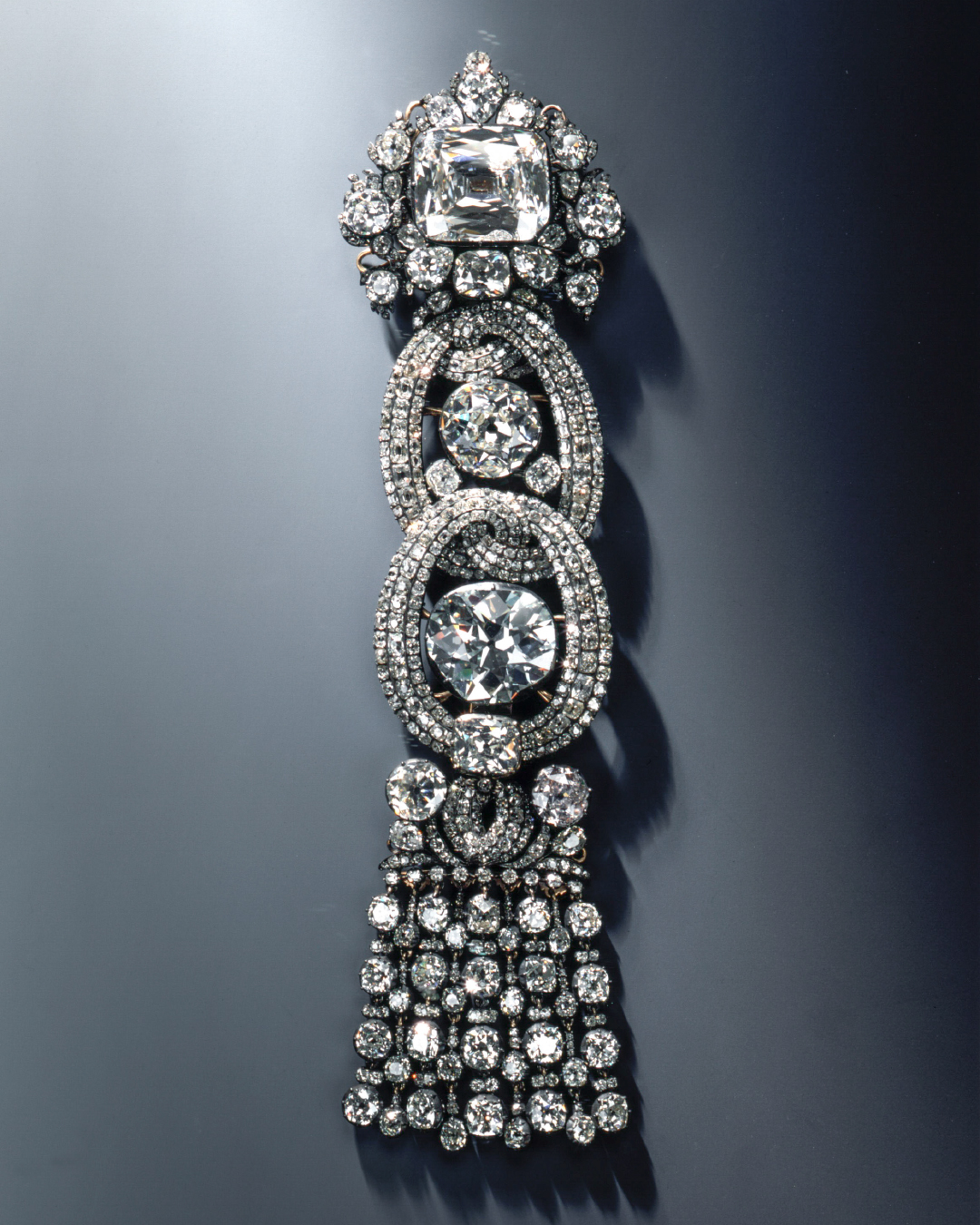
In one of the most brazen heists in Germany’s modern history, thieves stole $119 million worth of jewels from the Green Vault, a museum in Dresden, Germany in 2019. Among the precious stolen jewels was the Dresden White, a 49 carat diamond (worth an estimated $12 million). More than the monetary value, the diamond represents Saxony cultural history: It dates to 1728, when it was purchased by Frederick Augustus I, King of Saxony. The diamond first went on public view during the 18th century, when the Green Vault was opened to display Saxony’s royal family’s vast jewelry collection. It remained in the Green Vault for centuries, only leaving for short stints during World War I and World War II, until the robbery in 2019.
Several months later, German police apprehended the thieves and located most of the stolen jewels, but to this day the Saxon White remains missing. What seems odd, the assailants, ages 24 to 29, were sentenced to only between four years to six years in prison, so perhaps when they are released there will be clues to the missing diamond. This story isn’t over.
Family Feud: The Princie Diamond
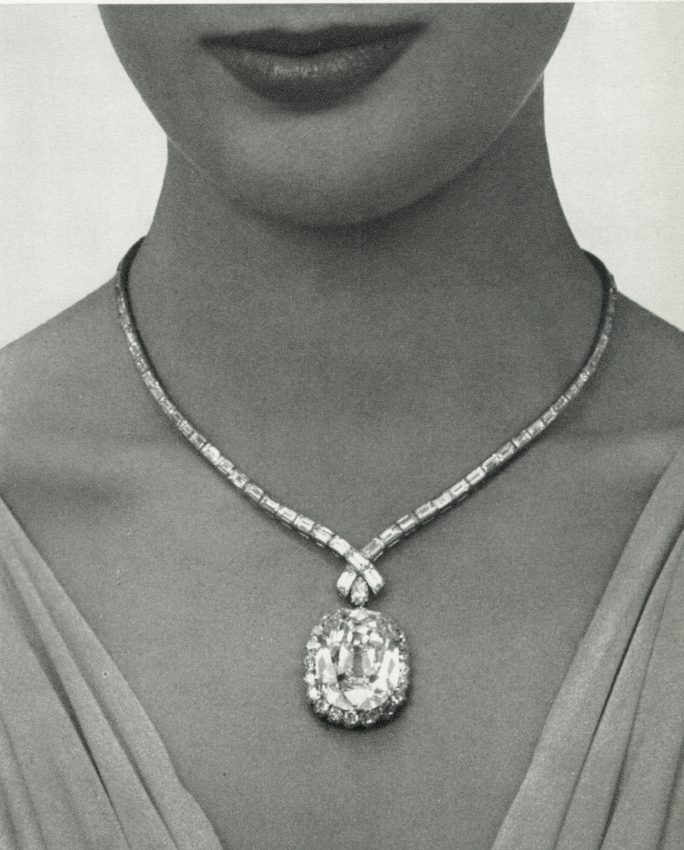
When a $40 million pink diamond was sold at Christie’s in New York in 2013, an Italian family immediately recognized it as the stone that went missing from their home in 2009. How could they be so sure? The diamond in question, a 35-carat fancy intense pink cushion-cut diamond, is so rare and exceptional that there isn’t another like it.
Known as the Princie, the diamond had been owned by Maria Girani Angiolillo, the second wife of Italian businessman Renato Angiolillo, who died in 1973. Following her death in 2009, her son, Marco Oreste Bianchi Milella, reported the diamond and some of her jewels missing from her home. Renato Angiolillo’s children from his first marriage, who by Italian law were the heirs to the Angiolillo estate, filed a police report. The case went cold until the family recognized the stone at Christie’s, but not before it was sold to the Qatari royal family for a record-breaking $39.3 million.
An investigation revealed that the Princie had been consigned to the auction house by Swiss gem dealer David Gol, who purchased it for $20 million from none other than Milella himself. The case was settled before it became a public family feud in court.
The Princie’s story began 300 years ago when it was uncovered in the ancient Golconda mines. It was first recorded in the 1700s as part of the Indian monarch Nizam of Hyderabad’s collection of jewels and treasures. Over a century later, in 1960, Sotheby’s sold the stone on behalf of the Indian family to Pierre Arpels of Van Cleef & Arpels for $46,000 British pounds (around one million British pounds today). Arpels christened the diamond the Princie in honor of the 14-year-old Prince of Baroda, whose mother was a client of the house, and who attended the diamond’s coming out party in London. The same year, Renato Angiolillo purchased the diamond from Mr. Arpels. Nobody knows who owns it today, but a diamond this magnificent and memorable can’t stay a secret for long.
